International Theater
Theater – Alone?
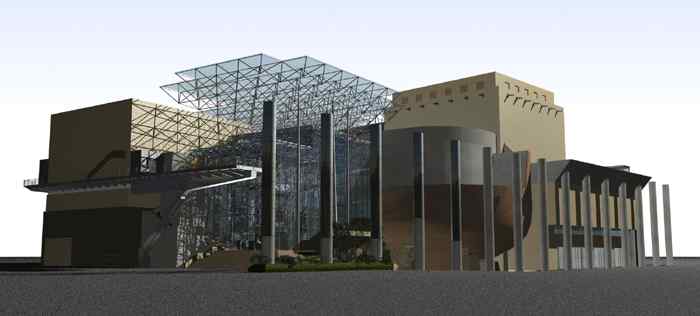
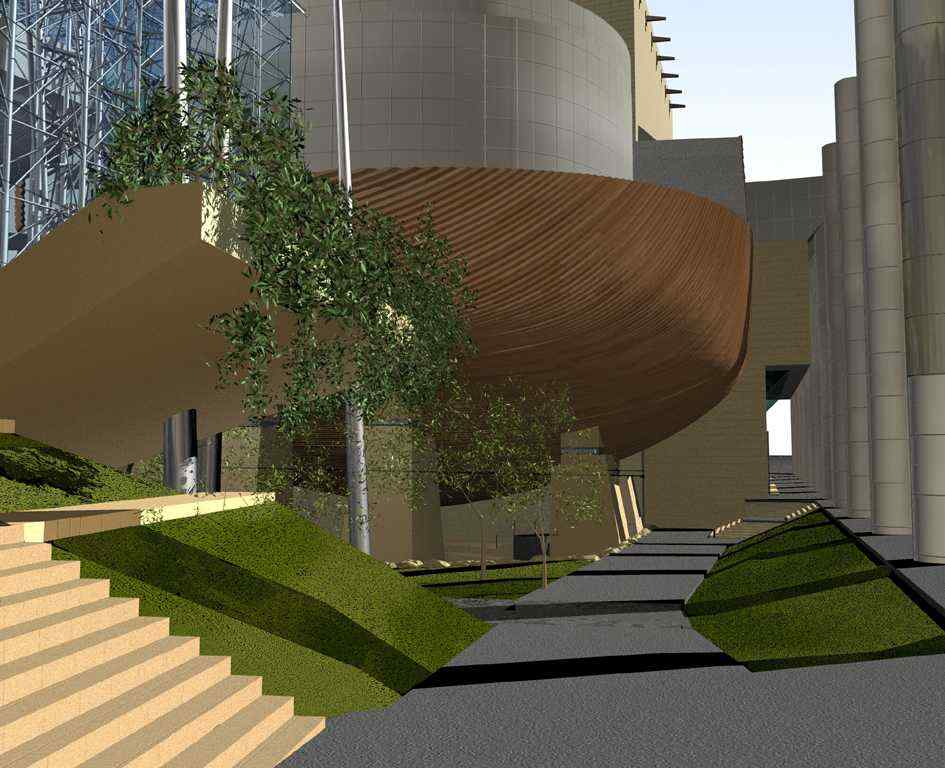
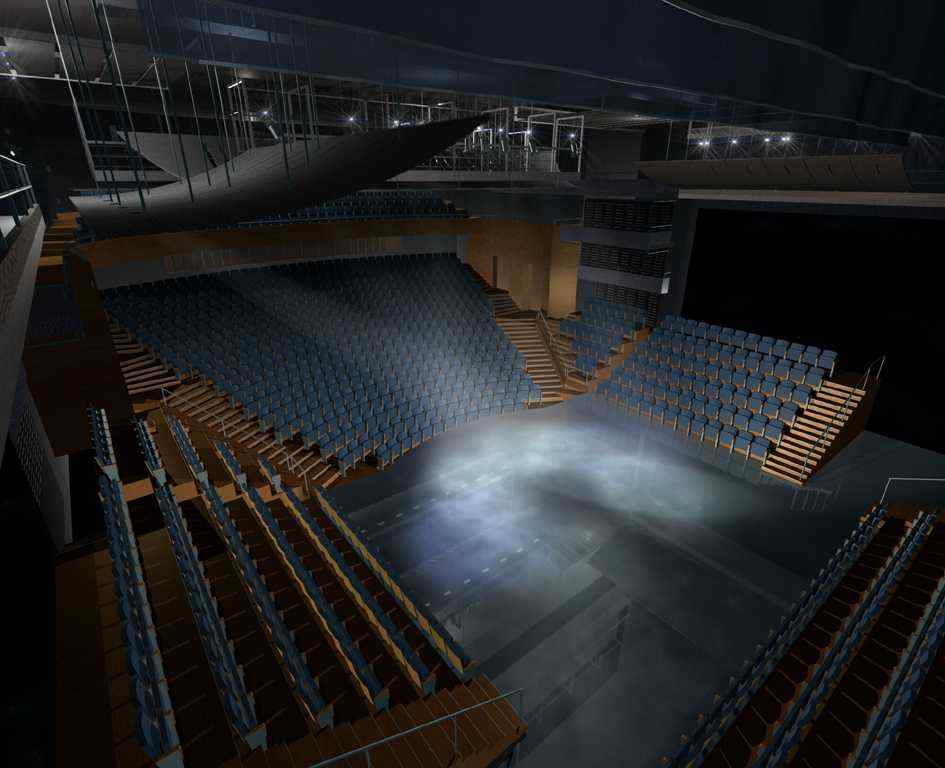

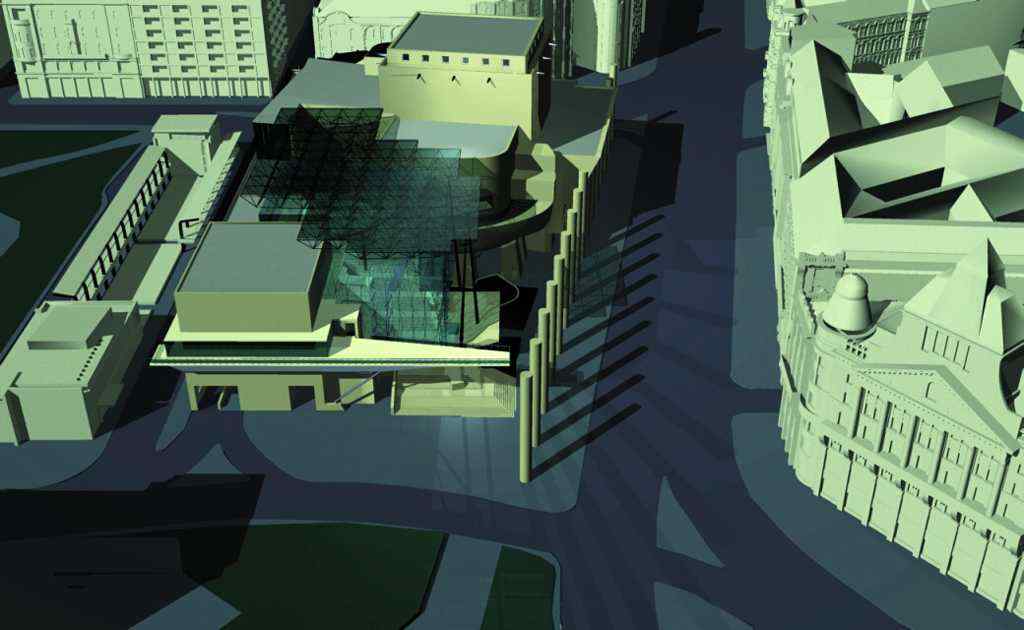
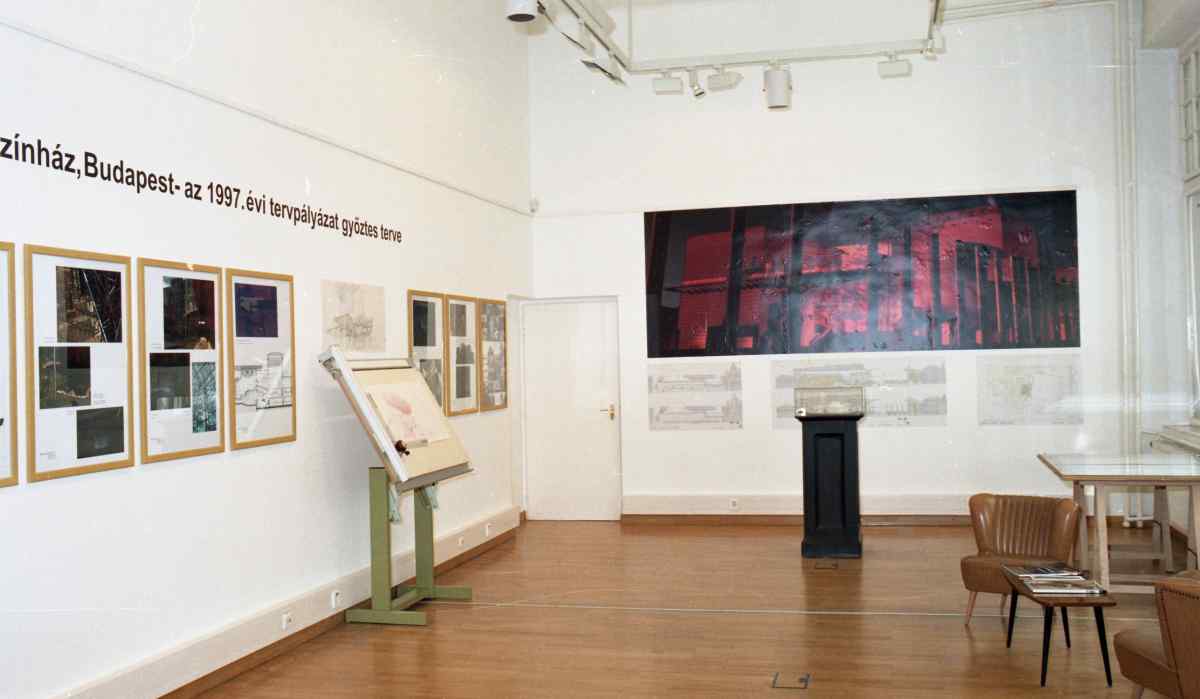
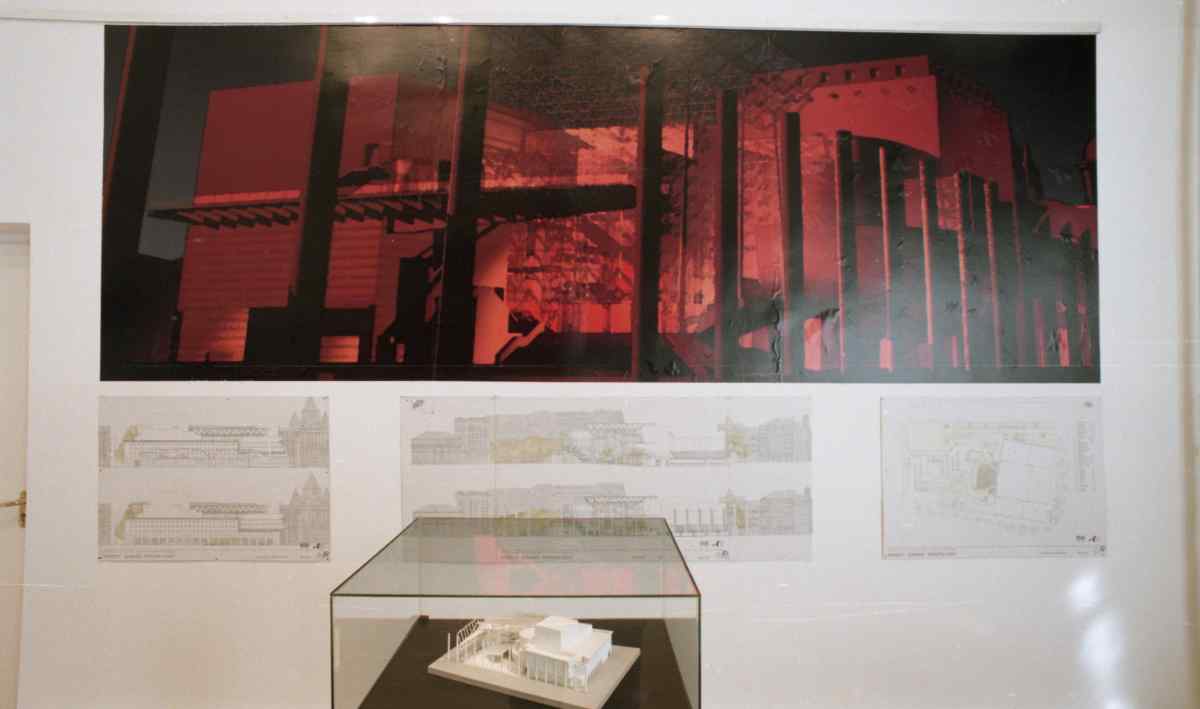
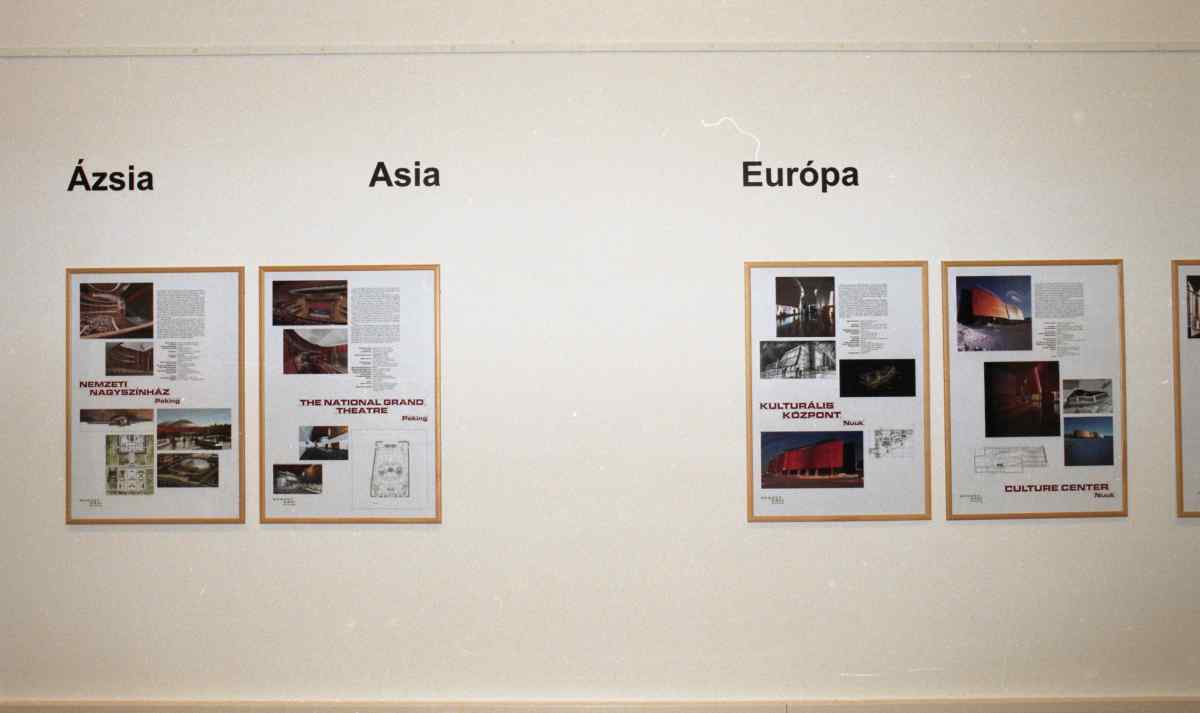

design: NEMZETES Ferenc
Építészfórum
OCTOGON
“Let us not be misled! Let us be perfectly clear about this: on March 15th, 2002 Hungary, Budapest, and the national culture will not be enriched with a new theater. We will not gain anything; indeed, we will be made poorer—and at our own expense. What has been taken from us will be all too obvious: our new deficiency, all too visible. The original process of selection was open and honest: the relevant experts agreed on a design for what was to be one of the most important public buildings of its kind since the fall of Communism. That edifice was never built. Instead of a theater, a monumental scandal was perpetrated on the banks of the Danube by people who were bold enough to put the nation and its culture to shame. Let there be no mistake about this: if, a few years hence, nobody remembers what stands beside the Danube, how it got there, and instead of what, then there will be no democracy in Hungary: nor will there be a national culture. The building erected by the Lágymányosi Bridge is not a theater but a memorial to an era; it is a reminder of where impudent autocracy, community-degrading ignorance, and sheer tastelessness may lead. What can be seen reminds us of what does not exist.”
István Rév
The Galeria Centralis exhibition presents the invisible: it shows how a transparent process could lead—or could have led—to the construction of a theater in Hungary, which would then have become part of the epoch in which it was built. The exhibition presents, to a Hungarian public deprived of the possibility of having such a theater, those significant, structurally and esthetically transparent multi-use theater buildings that were internationally acclaimed in previous years’ competitions. The exhibition tries to show that a real theater, one which would enrich the public, can be built, indeed can only be built in quite another way. The Galeria Centralis, “to dispel all illusions”, presents the rejected masterpiece by Ferenc Bán, the unbuilt National Theater.